Africa
Americas
Asia
Europe
Oceania
By Season
By Interest
By Group
What to see in Ecuador
Cuenca
Tourist attractions Cuenca
While Quito is the economic capital and Guayaquil the political capital of Ecuador, Cuenca is the cultural capital because it is the cradle of many poets and illustrious men.
It is known as Santa Ana of the eight shores because of the four rivers that cross it and that are formed from the lagoons of the Cajas National Park: the Tomebamba, which divides the old city and the new city, the Tarqui, the Yanuncay and the Machángara, which join to the northwest of the city forming the River Cuenca. Its historical centre combines the past Inca and Cañari influences with and the subsequent Spanish and Republican, taking shape in its architecture and giving it a beautiful aesthetic that has led it to be considered one of the most beautiful cities in the country. It is a UNESCO World Heritage Site.
The best way to discover Cuenca is to walk along its cobbled streets and see its many churches, squares, museums, parks, houses, monasteries or art galleries. On each side of the city’s Abdón Calderón Park, in the old town, are magnificent cathedrals: that of the Immaculate Conception or New Cathedral that combines several styles such as the Neoclassical, Baroque, Romanesque and Gothic and stands out for the three beautiful blue domes.The oldest buildings in the city are the monasteries of the Conception. The church of San Blas, from San Francisco and Santo Domingo, also deserve their due attention.
On Mariscal Street is the Plaza de las Flores. The monastery and the church of Carmen de la Asunción are mixed with the smell of roses, chrysanthemums and lilies that the Cuencans buy every day.A curious detail of many houses in the historic city is that they have crosses on their roofs. These vary according to who their inhabitants were: marble in Spanish houses and iron in those of the mestizos. Also of iron, but on a half moon, on the houses of the cañari.
In the restaurants along Larga Street, you can taste roasted guinea pig, mote-pata soup or sweet alajú. Urban art coexists with the traditional and many facades are stained with colourful graffiti, both elaborate and ingenious. Although modernity and technologies have begun to influence the city, the truth is that there are still families that weave handmade crafts and small factories produce the famous Panama hats. Markets are the best meeting place and social exchange where the essence of the city is discovered. The most emblematic is the 9th of October Market, a multi-storey building where you can buy fresh, traditional produce, handicrafts and souvenirs. In Cuenca, there are up to 20 museums to choose from such as the Pu Mapungo, the Museum of Aboriginal Cultures or Modern Art.4 km south of the city is the viewpoint of Turi where you can enjoy a panoramic view of the city. Other tourist attractions of Cuenca are the thermal waters of the Baños parish and the Tomebamba ravine. The so-called "Ecuadorian Athens" captivates visitors with its history and heritage. It combines beautiful landscapes, tradition and art and attracts all kinds of travellers, those who seek nature, culture, adventure or relaxation.
OUR BEST TRIPS TO CUENCA
YOU ALSO LIKE
Tourist attractions ecuador
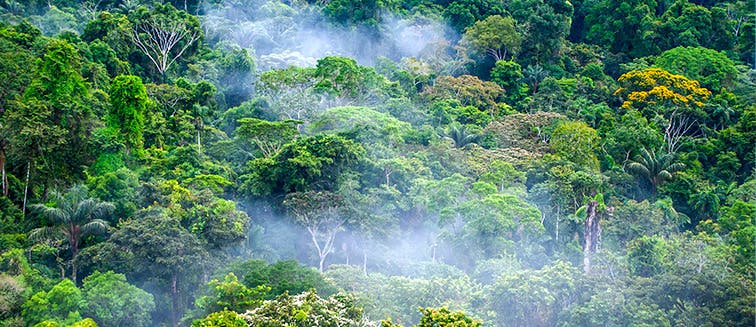
Amazon
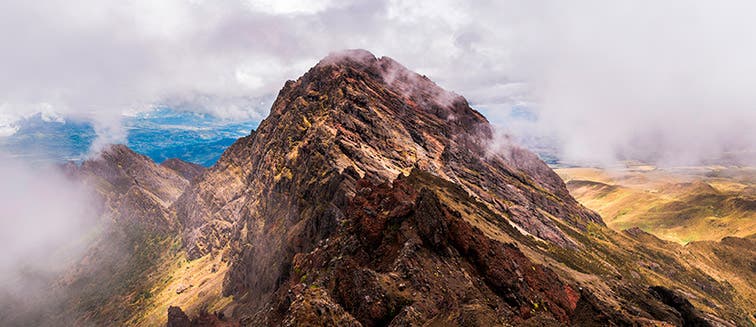
Avenue of the Volcanoes
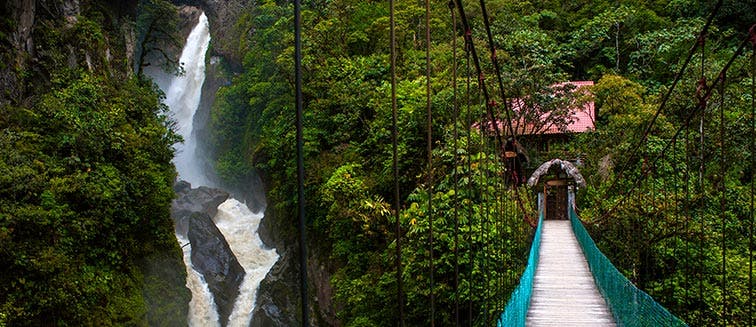
Banos
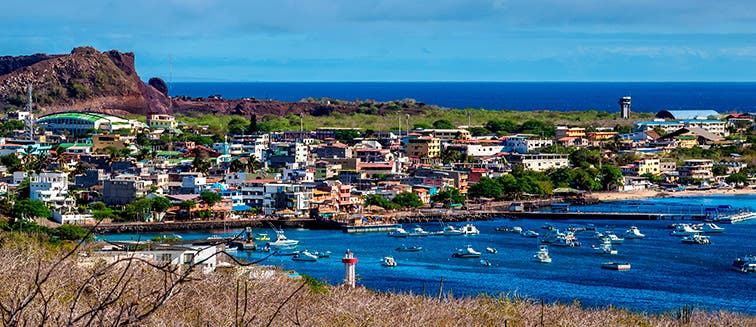
Baquerizo Moreno
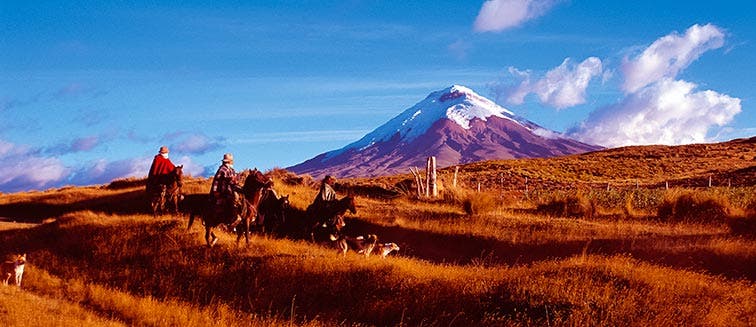
Cotopaxi National Park
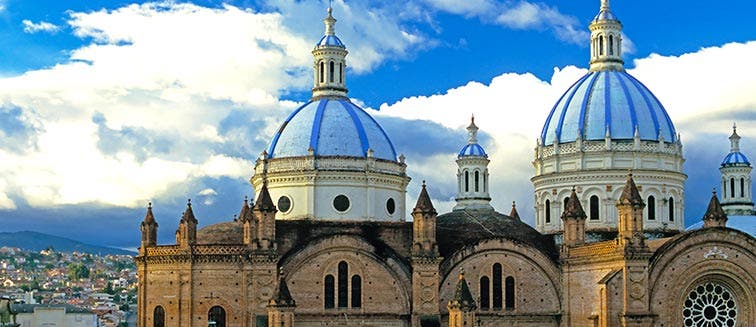
Cuenca
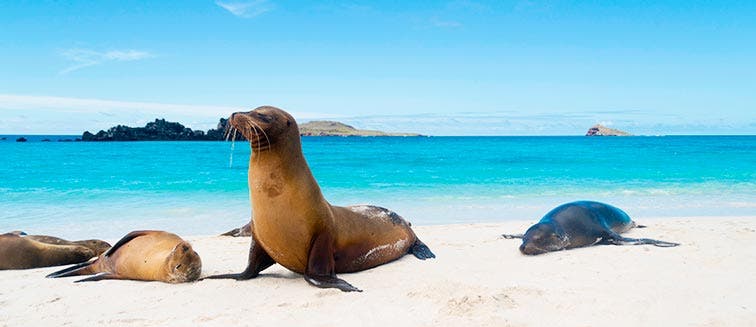
Galapagos Islands
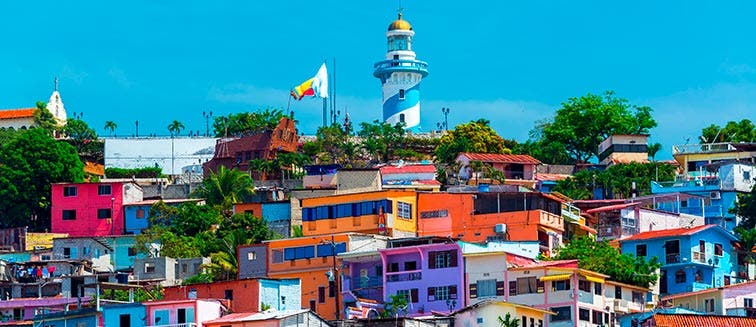
Guayaquil

Isabela Island
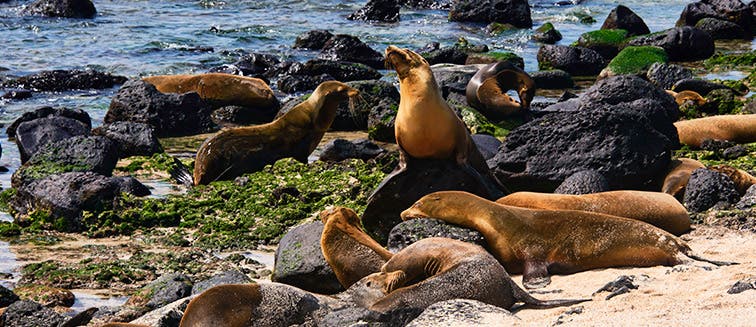
La Loberia Beach
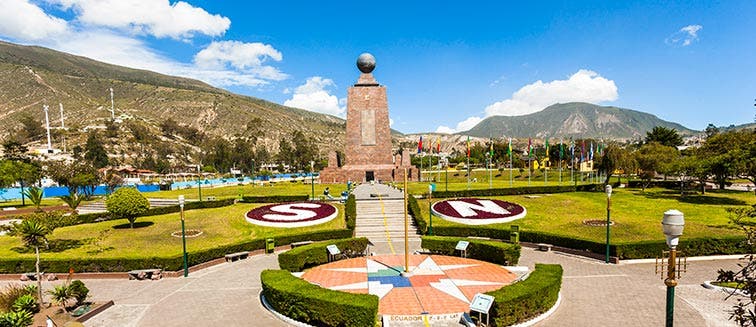
Middle of the World Monument
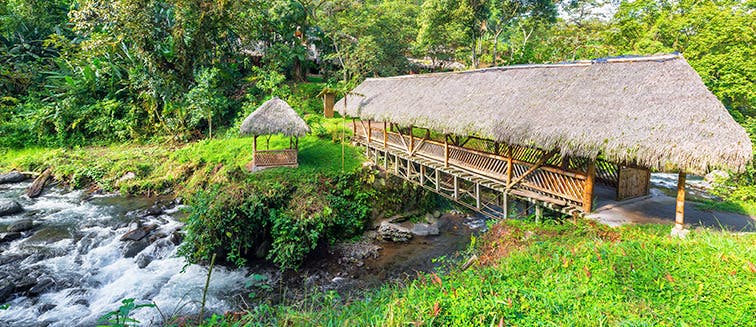
Mindo
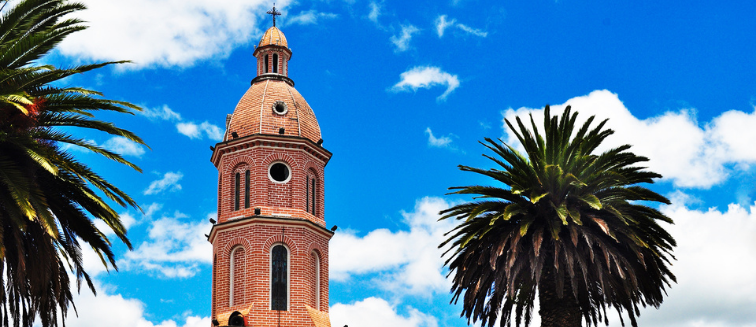
Otavalo
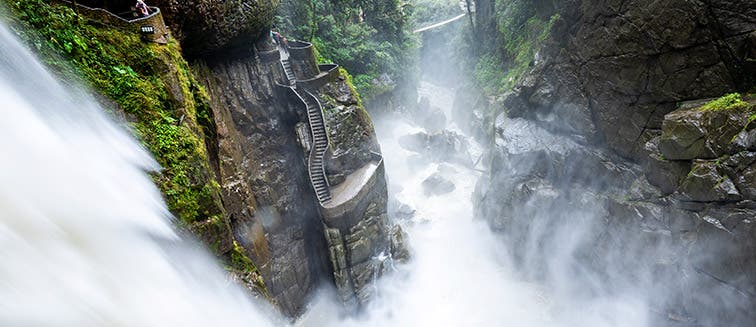
Pailon del Diablo Waterfall
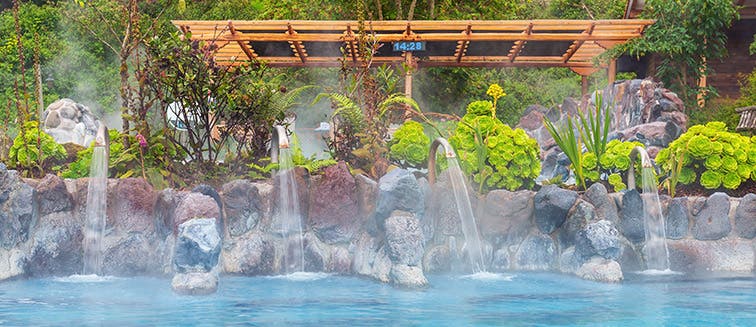
Papallacta Hot Springs
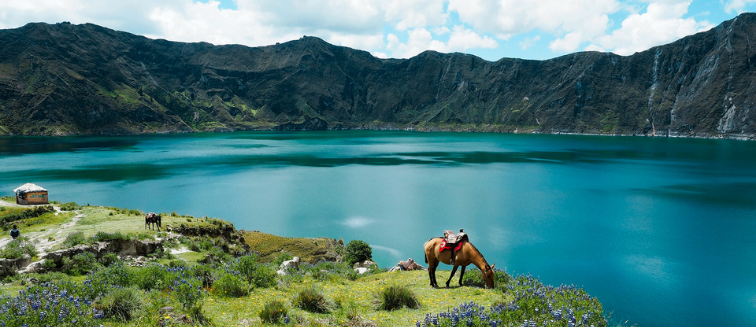
Quilotoa
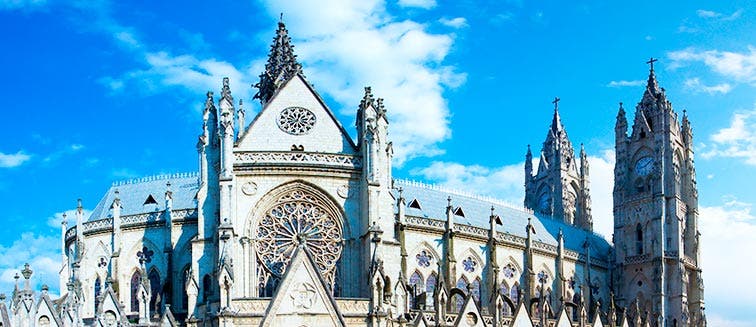
Quito
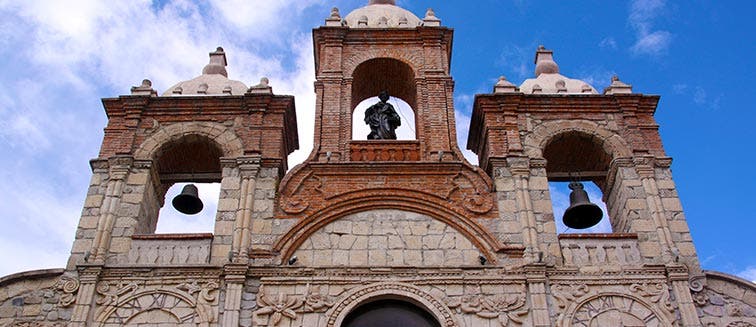
Riobamba
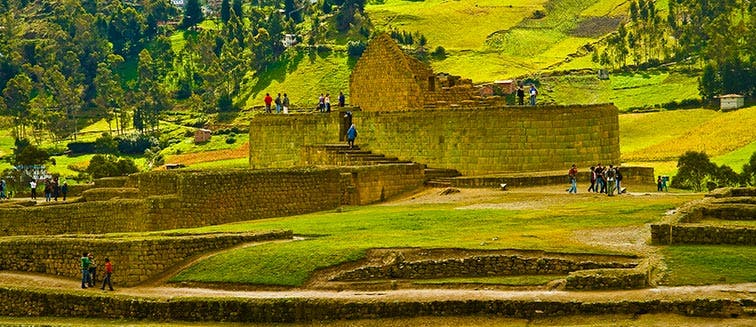
Ruins of Ingapirca
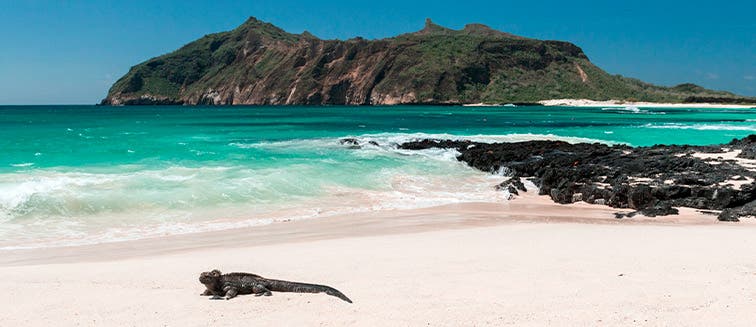
San Cristobal Island
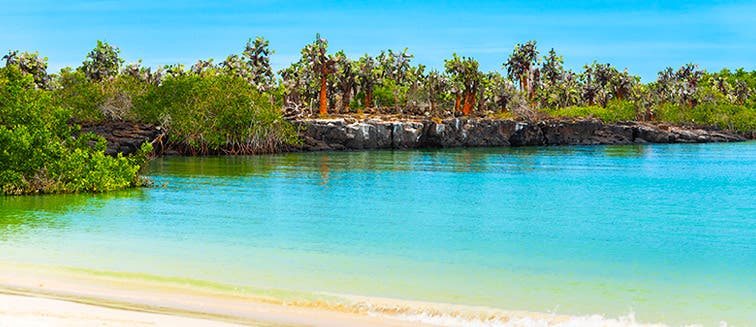
Santa Cruz Island
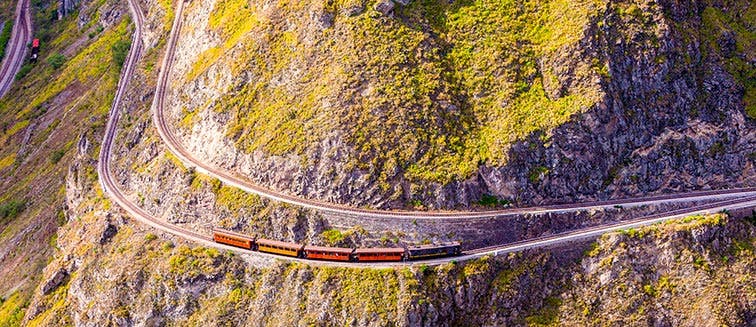
The Devil's Nose
Points of interests
- Trips to Amazon
- Trips to Banos
- Trips to Baquerizo Moreno
- Trips to Cotopaxi National Park
- Trips to Cuenca
- Trips to Galapagos Islands
- Trips to Guayaquil
- Trips to Isabela Island
- Trips to La Loberia Beach
- Trips to Middle of the World Monument
- Trips to Mindo
- Trips to Otavalo
- Trips to Quilotoa
- Trips to Quito
- Trips to Riobamba
- Trips to Ruins of Ingapirca
- Trips to San Cristobal Island
- Trips to Santa Cruz Island
- Trips to The Devil's Nose
Other Points of interests
- Trips to Aguas Calientes
- Trips to Arequipa
- Trips to Argentinian Patagonia
- Trips to Atacama Desert
- Trips to Bariloche
- Trips to Barrio La Boca
- Trips to Bogota
- Trips to Buenos Aires
- Trips to Buzios
- Trips to Cartagena de Indias
- Trips to Chilean Patagonia
- Trips to Christ the Redeemer
- Trips to Coffee Axis
- Trips to Colca Canyon
- Trips to Comuna 13
- Trips to Copacabana Beach
- Trips to Cusco
- Trips to Easter Island
- Trips to Eduardo Avaroa
- Trips to El Calafate
- Trips to Getsemani
- Trips to Huacachina Oasis
- Trips to Iguazu Falls
- Trips to Iguazu Falls
- Trips to Ilha Grande
- Trips to Iquitos
- Trips to Islas Ballestas
- Trips to Islas del Rosario
- Trips to La Candelaria
- Trips to La Paz
- Trips to Lake Titicaca
- Trips to Lake Titicaca
- Trips to Lima
- Trips to Luna Valley
- Trips to Machu Picchu
- Trips to Manaus
- Trips to Medellín
- Trips to Mendoza
- Trips to Nazca
- Trips to Paracas
- Trips to Paraty
- Trips to Perito Moreno
- Trips to Potosi & Cerro Rico
- Trips to Praia do Forte
- Trips to Puerto Maldonado
- Trips to Puerto Natales
- Trips to Rapa Nui National Park
- Trips to Reserva Nacional Los Flamencos
- Trips to Rio de Janeiro
- Trips to Sacred Valley
- Trips to Salar de Uyuni
- Trips to Salvador
- Trips to San Andrés
- Trips to San Felipe de Barajas Castle
- Trips to San Pedro de Atacama
- Trips to San Rafael Glacier
- Trips to San Telmo
- Trips to Santa Lucía Hill
- Trips to Santa Marta
- Trips to Santiago de Chile
- Trips to São Paulo
- Trips to Serrano & Balmaceda Glaciers
- Trips to Sucre
- Trips to Tayrona
- Trips to Tiahuanaco Ruins
- Trips to Torres del Paine National Park
- Trips to Ushuaia
- Trips to Valley of the Moon
- Trips to Valparaiso
- Trips to Vicente Perez Rosales National Park
- Trips to Viña del Mar
Countries Nearby
- Argentina Trips
- Bahamas Trips
- Belize Trips
- Bolivia Trips
- Brazil Trips
- Canada Trips
- Chile Trips
- Colombia Trips
- Costa Rica Trips
- Dominican Republic Trips
- Ecuador Trips
- El Salvador Trips
- Guatemala Trips
- Honduras Trips
- Mexico Trips
- Panama Trips
- Peru Trips
- United States Trips
Trip Styles
Subscribe to our newsletter and join Exoticca GO
The best travel deals
Exclusive promotions
Expert travel tips